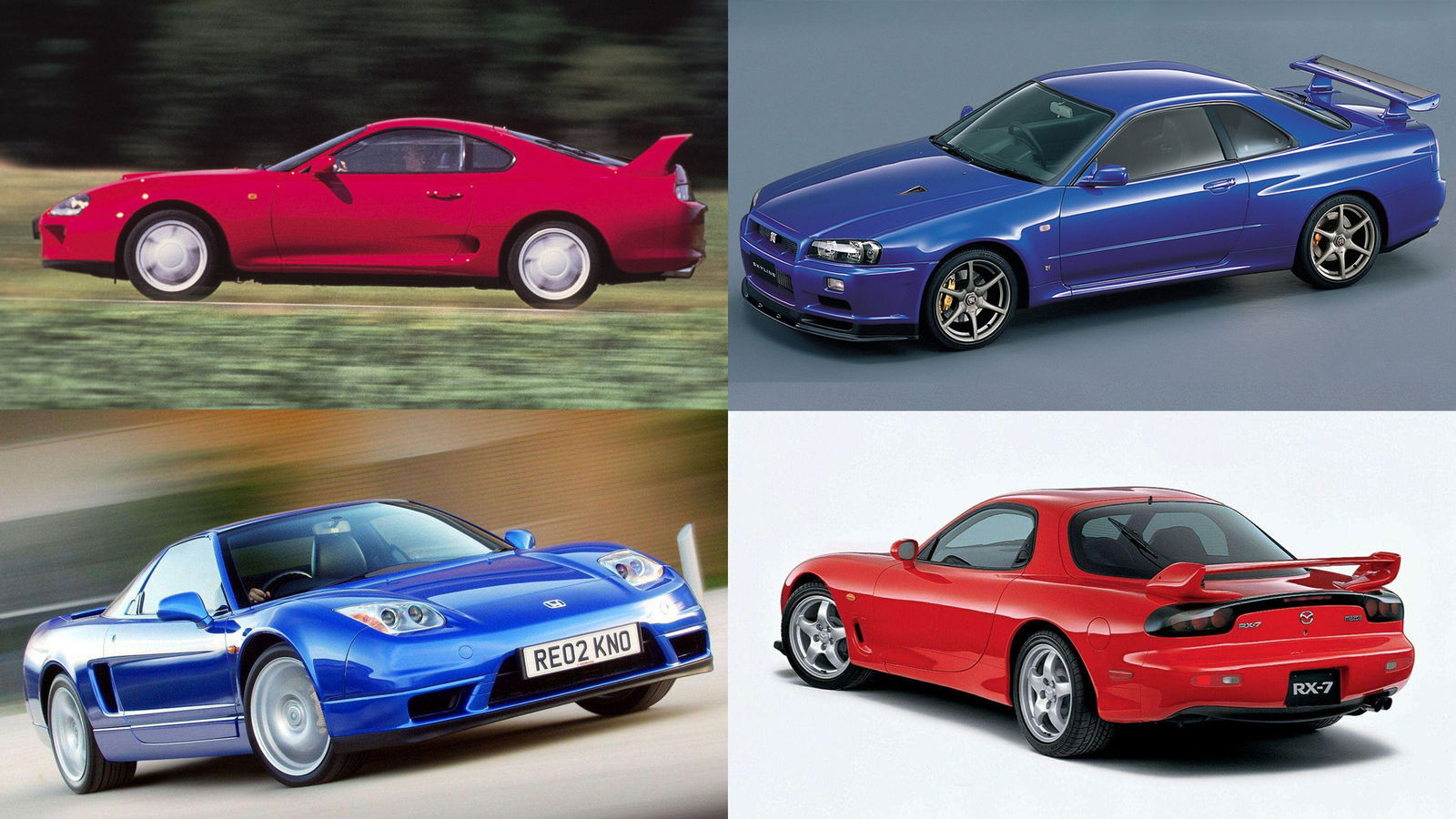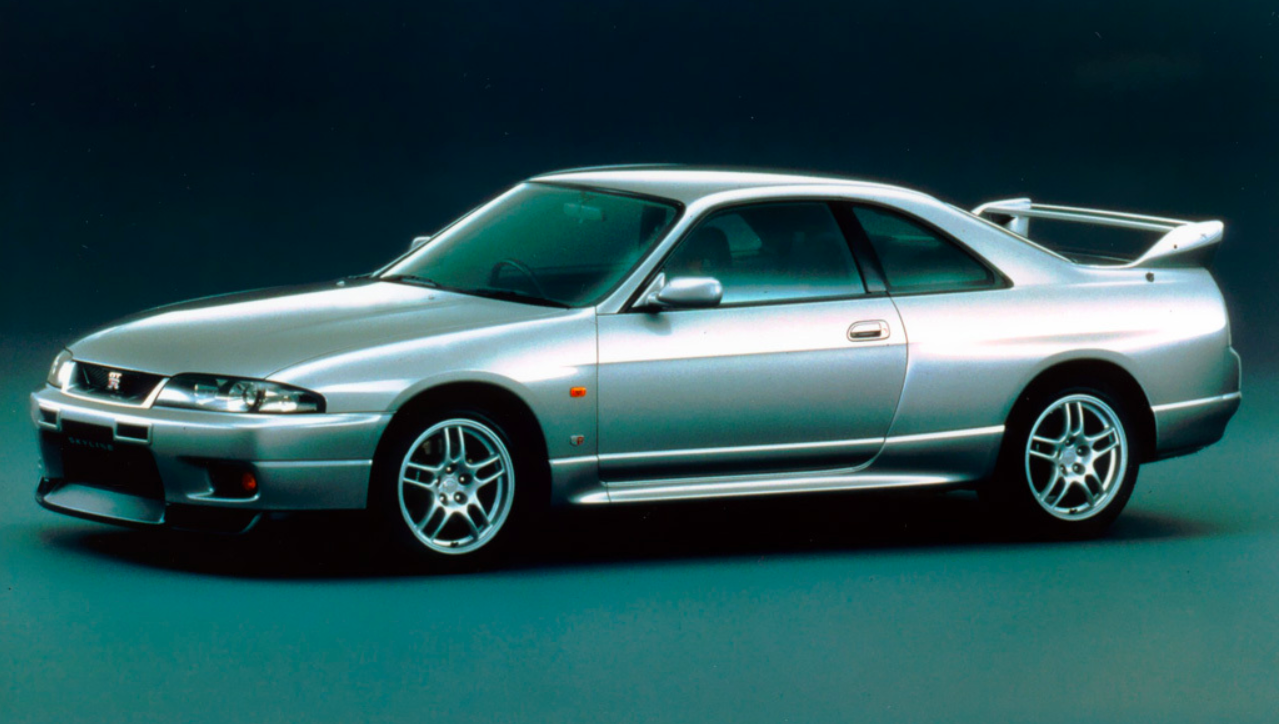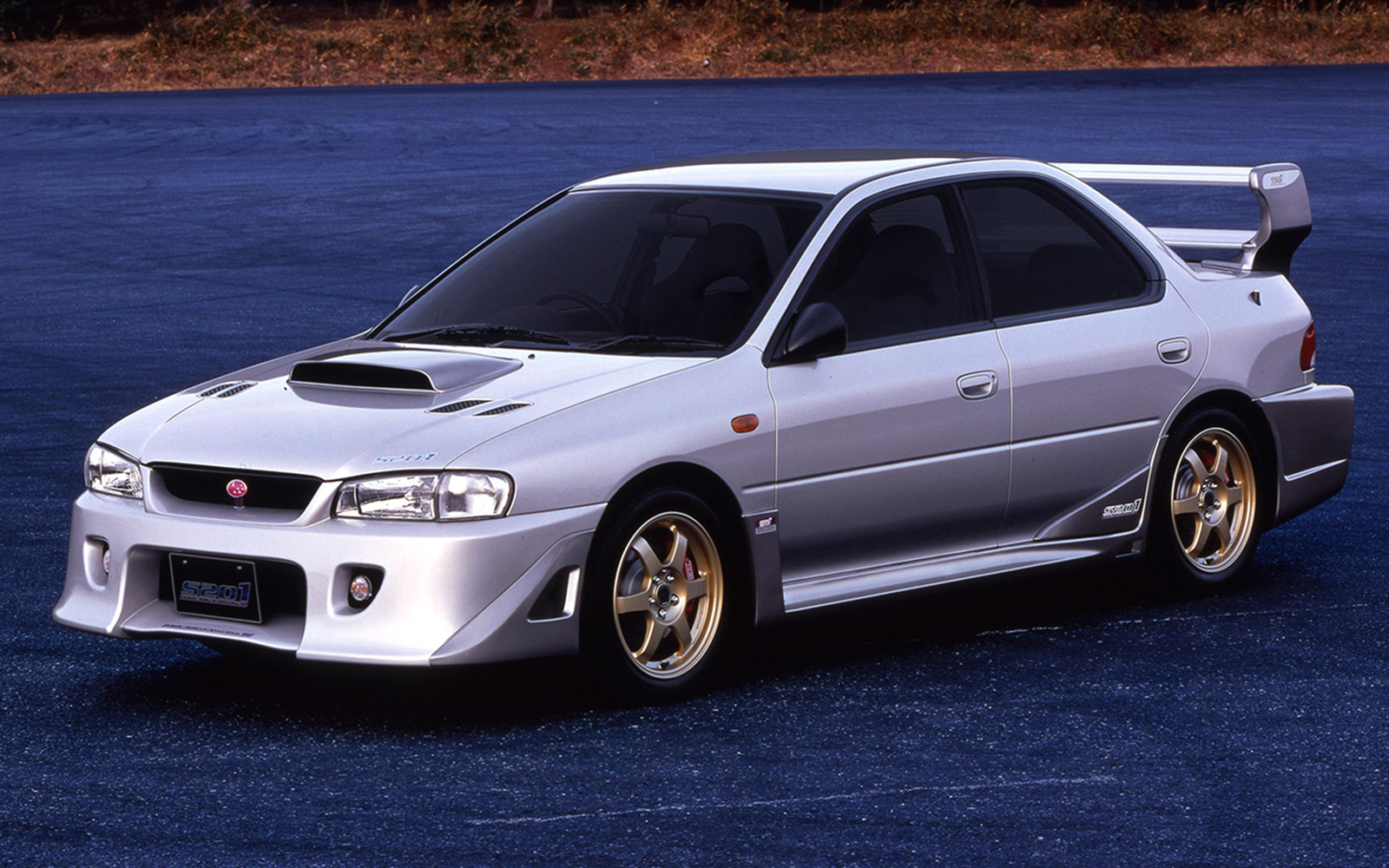The Japanese Gentleman’s Agreement Explained

If you’ve ever read any sort of editorial piece on a Japanese car from the ‘90s, you’ve more than likely heard of the Japanese Gentleman’s Agreement.
It was a pact that limited every car produced and sold in its domestic market to a maximum official figure of 276bhp - something you may have noticed if you’ve ever played an old Gran Turismo game.
Why exactly was it introduced though, and did any actually stick to it? We explain.
Why did the agreement exist?
The Japanese Gentleman’s Agreement (we’ll stick to calling it the agreement here-in) was introduced in 1989 as a preventive measure against creating a horsepower war. More concerningly, road deaths in the country were over 10,000 annually in the years leading up to this.
At most in the country, you could legally travel 62mph and with the bubble era of sports cars looming, there was fear a potentially dangerous horsepower war could be.

Alongside introducing a 180kmh (112mph) speed limiter on new cars, the JAMA (Japan Automobile Manufacturers Association) agreed that - on paper at least - none it built for its domestic market would exceed a 280ps (276bhp) limit. This wasn’t a legally binding deal, as the name would suggest, and at any point, it was possible a manufacturer could exceed that figure. On that note…
Did anyone really stick to the gentleman’s agreement?
As we say, the agreement meant that every car on paper would have no more than 276bhp. That included everything mass-produced, even the poster cars like the various Nissan Skyline GT-Rs, the Honda NSX, Mazda RX-7, Toyota Supra, Mitsubishi Evos and Subaru Imprezas.
The reality, however, was a very different thing. It was a pretty poorly kept secret that most engines in the truly fast stuff were engineered to handle way more power than that official figure, and if you put any of a dyno, you’d see the real reality.

For example, depending on which sources you believe, Skyline GT-Rs were really producing anywhere from 300bhp in the R32 to over 350bhp in the R34. An A80 Supra RZ (the turbocharged one) apparently had around 300bhp, and the Honda NSX had a similar figure. It’s a similar story for the RX-7 Spirit R, the most potent of the rotaries, and both the Evo and Imprezas.
One of the most obvious cases of a car breaking the agreement unofficially came with the Mitsubishi GTO. In Japan, it officially produced 276bhp and 308lb ft of torque in Twin Turbo guise. Sold as the 3000GT VR-4 in the US and with no mechanical changes, it officially produced 320bhp and - the dead giveaway - 308lb ft of torque.
Did any cars officially break the agreement?
There were some very limited exceptions that were allowed to break the agreement, with the works of in-house tuning arms exempt from it.

There are two notable cases. The first was the Nismo 400R, a heavily reworked version of the Nissan Skyline GT-R, which as the name suggests put out 400ps (395bhp). There was also the Subaru Impreza S201, a limited-edition version made by STI, with 296bhp.
Why did the agreement end?
By the early ‘00s, European and American manufacturers were beginning to push big power numbers from the cars that the halo Japanese sports cars were meant to rival. Not so secretly, everyone knew the ‘agreement’ was comical at best. In reality, every manufacturer knew that as soon as one broke the deal on paper, everyone else would soon follow.
So, which fire-breathing sports car came along to obliterate that figure officially? Well, err, none actually. That was the work of the Honda Legend in 2004, with its 3.5-litre V6 officially producing 296bhp.
.jpg?width=1600)
No shock, then, that others soon followed. Miraculously, the new Mitsubishi Evo IX was suddenly producing 284bhp, while even the Lexus RX400h - yes, a hybrid SUV - was around that mark.
In case there was any doubt, the agreement was well and truly dead when, in 2007, the R35 Nissan GT-R came along with 473bhp.
The death of the agreement was inevitable from day one, and in hindsight, it’s surprising it took as long as it did. Had it remained though, imagine a world with a V10 Lexus LFA or a hybrid Honda NSX ‘producing’ 276bhp…

_1.jpg?width=1600)

Comments